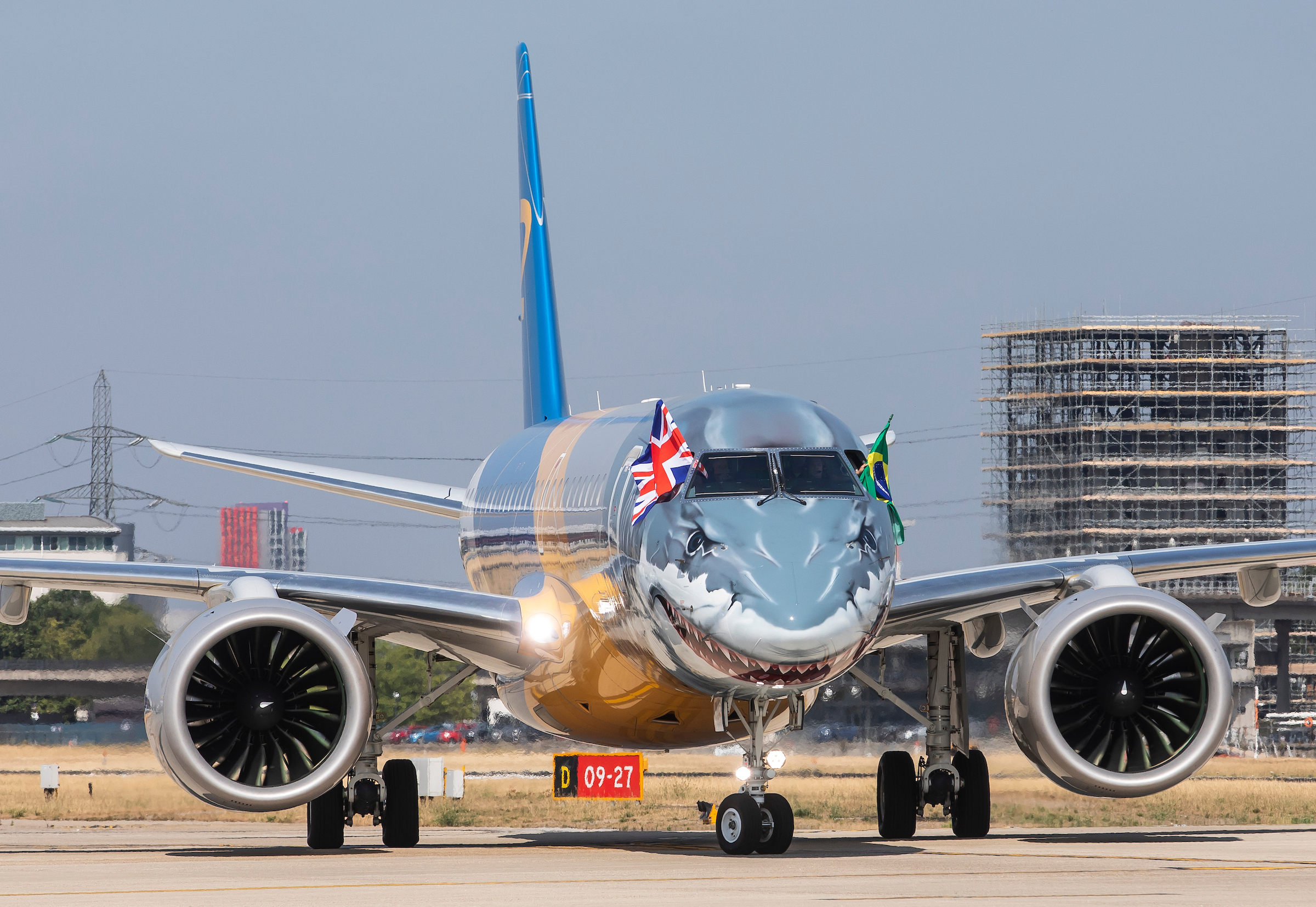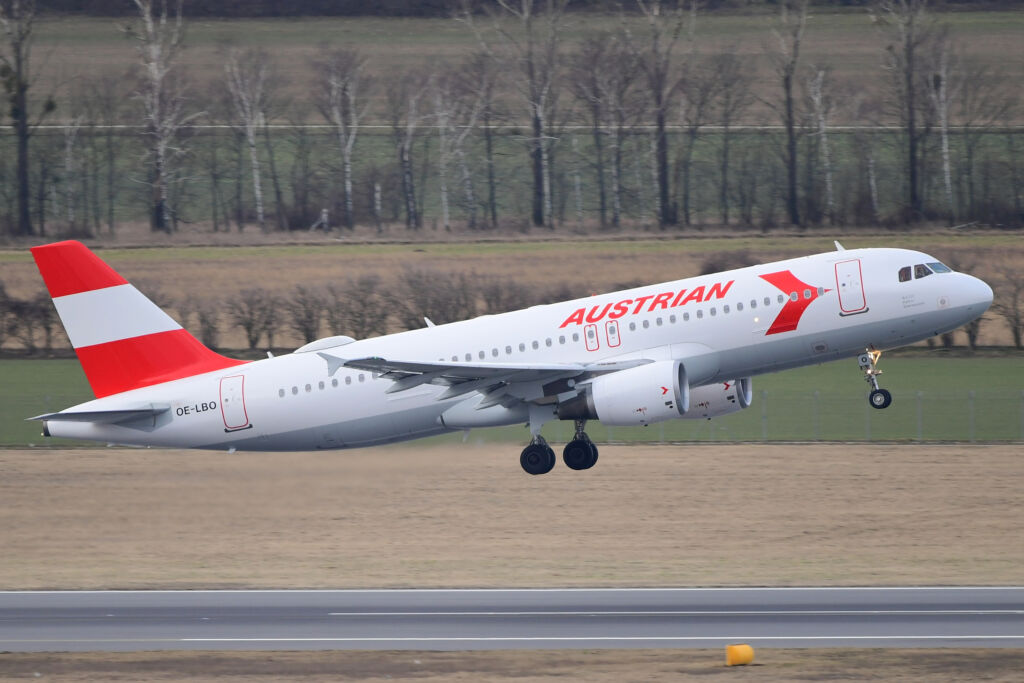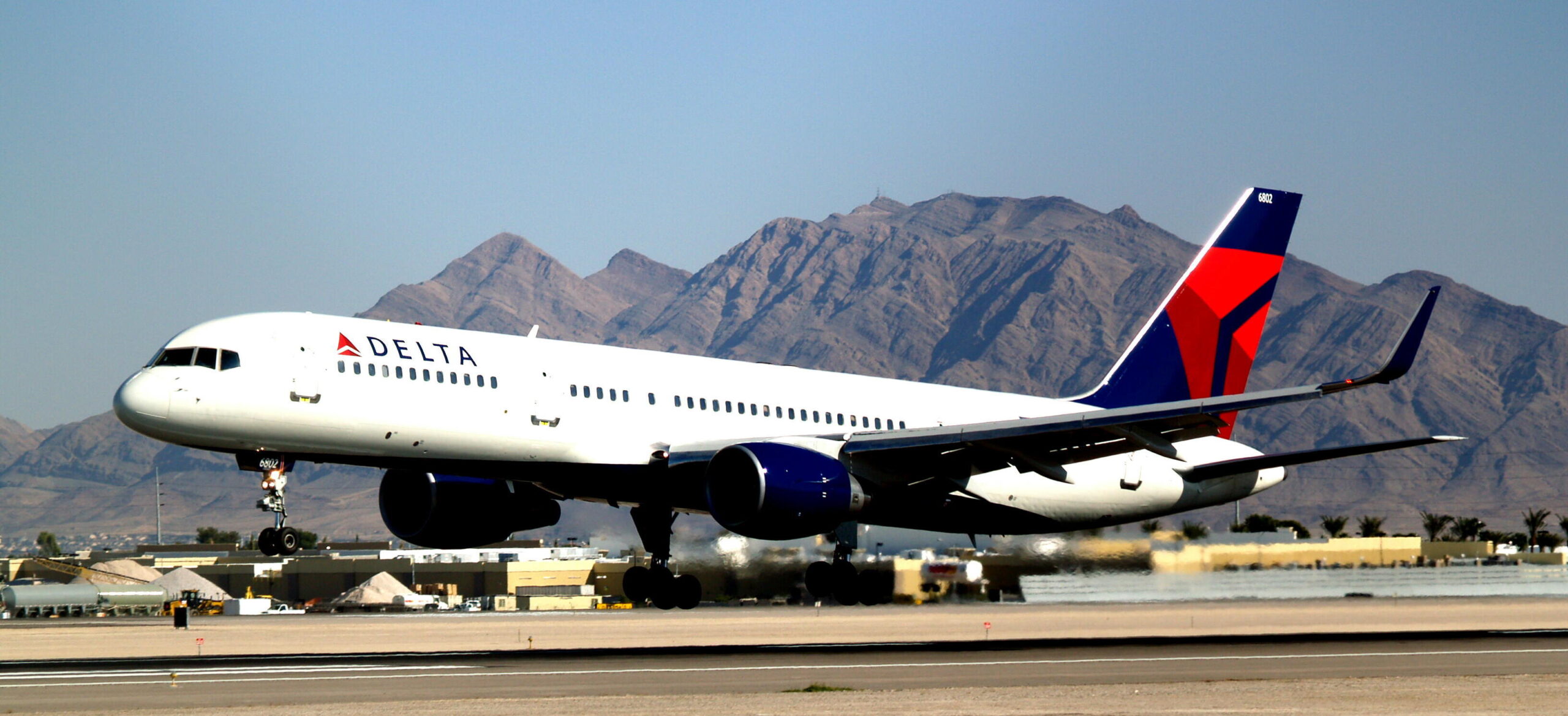In an important milestone for the E2 programme, the first of Embraer’s E2 family, the E190-E2, has been certified for Steep Approach; a requirement to operate at London City Airport (LCY). EASA (European Aviation Safety Agency) certification was granted on 11th May.
London City Airport sits on the doorstep of the city’s global financial district and is known as a premier business airport, but also as a key short-haul hub for destinations in continental Europe because of its convenience and speedy passenger experience. However, its location means operating aircraft must be compatible with the airport’s steep approach and short runway; meeting strict noise regulations for the surrounding communities.
In certification testing, EASA figures confirmed the E190-E2 has the lowest noise levels among all new generation single aisle aircraft and will be the only jet operating at LCY certified to ICAO’s strict Chapter 14 regulation. The new aircraft’s wings, engines, and systems make the aircraft significantly quieter than the previous E190; for communities around LCY this means the E190-E2 noise footprint at takeoff is 63% smaller than current E190s operating from LCY.
The E190-E2’s environmental credentials go much further than its quieter operation. The aircraft is 17% more efficient than its predecessor in fuel burn and emissions, while at the same time dramatically improving performance – range from LCY has nearly doubled with the E190-E2 to over 4000KM, bringing destinations such as Istanbul, Casablanca, and Moscow into range.
Steep approach certification, which enables increased descent angles of up to 5.5 degrees, reduces noise pollution for the surrounding communities. The system is enabled using a special software upgrade and the installation of a corresponding ‘Steep Approach’ switch on the cockpit control panel. Due to the cockpit commonality between the E190 and the E190-E2, pilots already cleared for LCY operation need no simulator based steep approach training.







